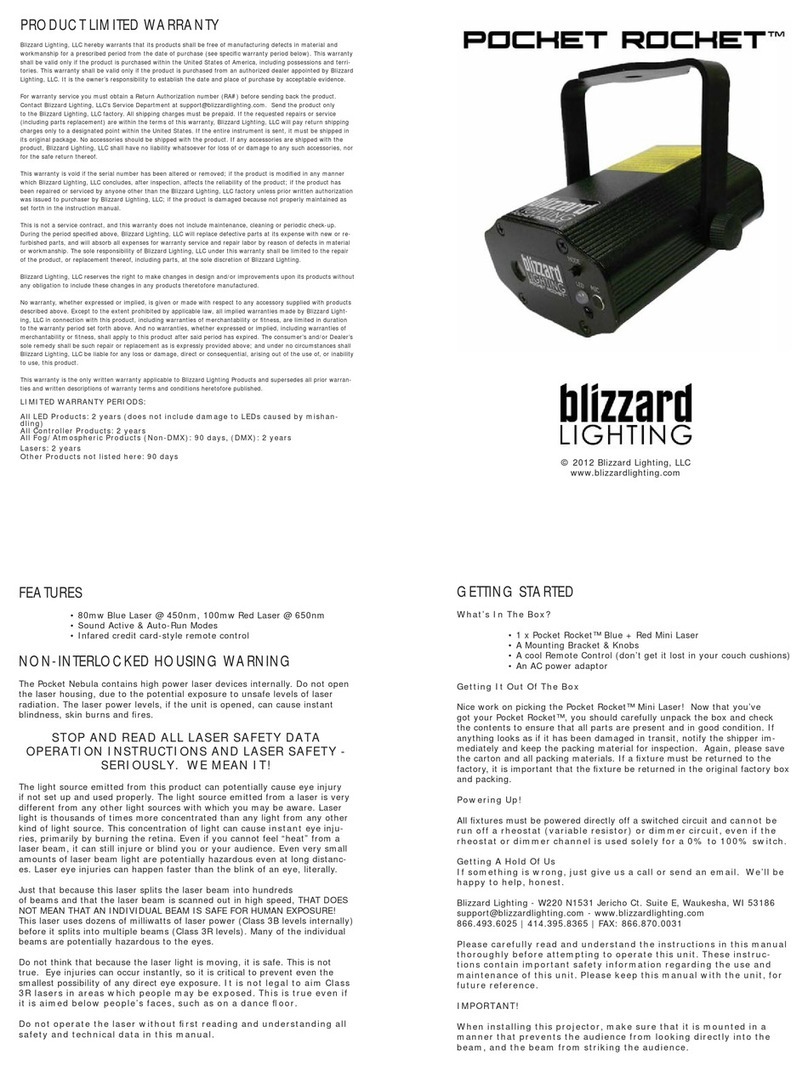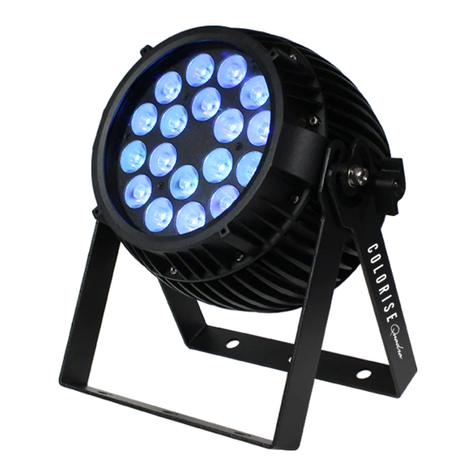Blizzard Lighting Mezmerizor 4FX User manual
Other Blizzard Lighting Lighting Equipment manuals
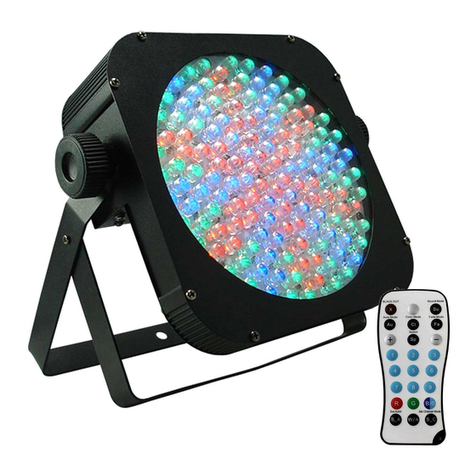
Blizzard Lighting
Blizzard Lighting the puck User manual

Blizzard Lighting
Blizzard Lighting Torrent 90 Beam User manual
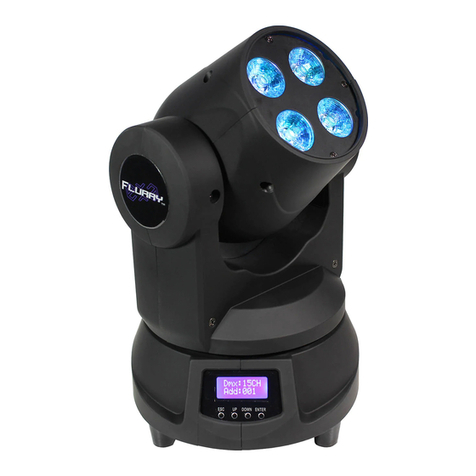
Blizzard Lighting
Blizzard Lighting Flurry EXA User manual
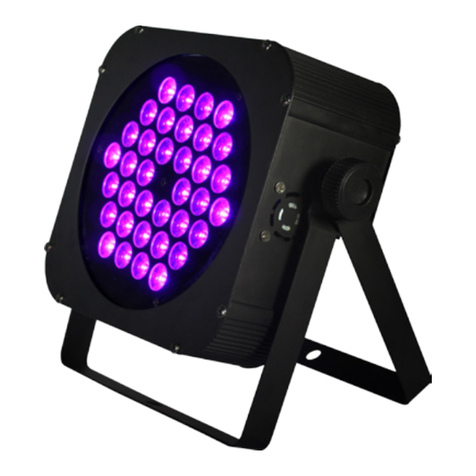
Blizzard Lighting
Blizzard Lighting Puck CSI Xtreme User manual
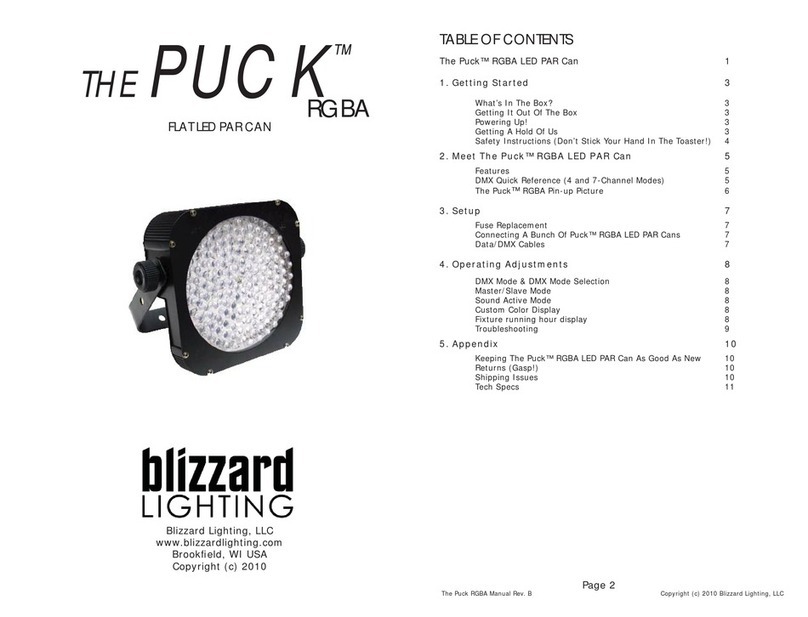
Blizzard Lighting
Blizzard Lighting THE PUCK RGBA LED PAR Can User manual
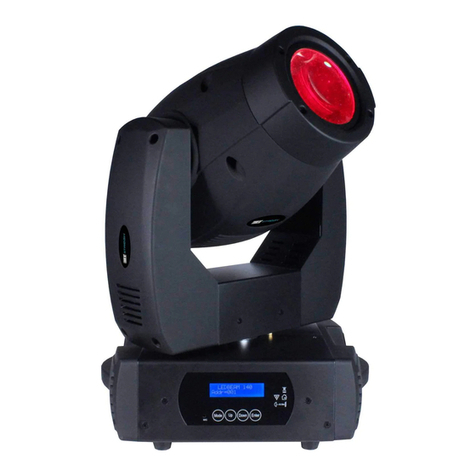
Blizzard Lighting
Blizzard Lighting Torrent Streak User manual
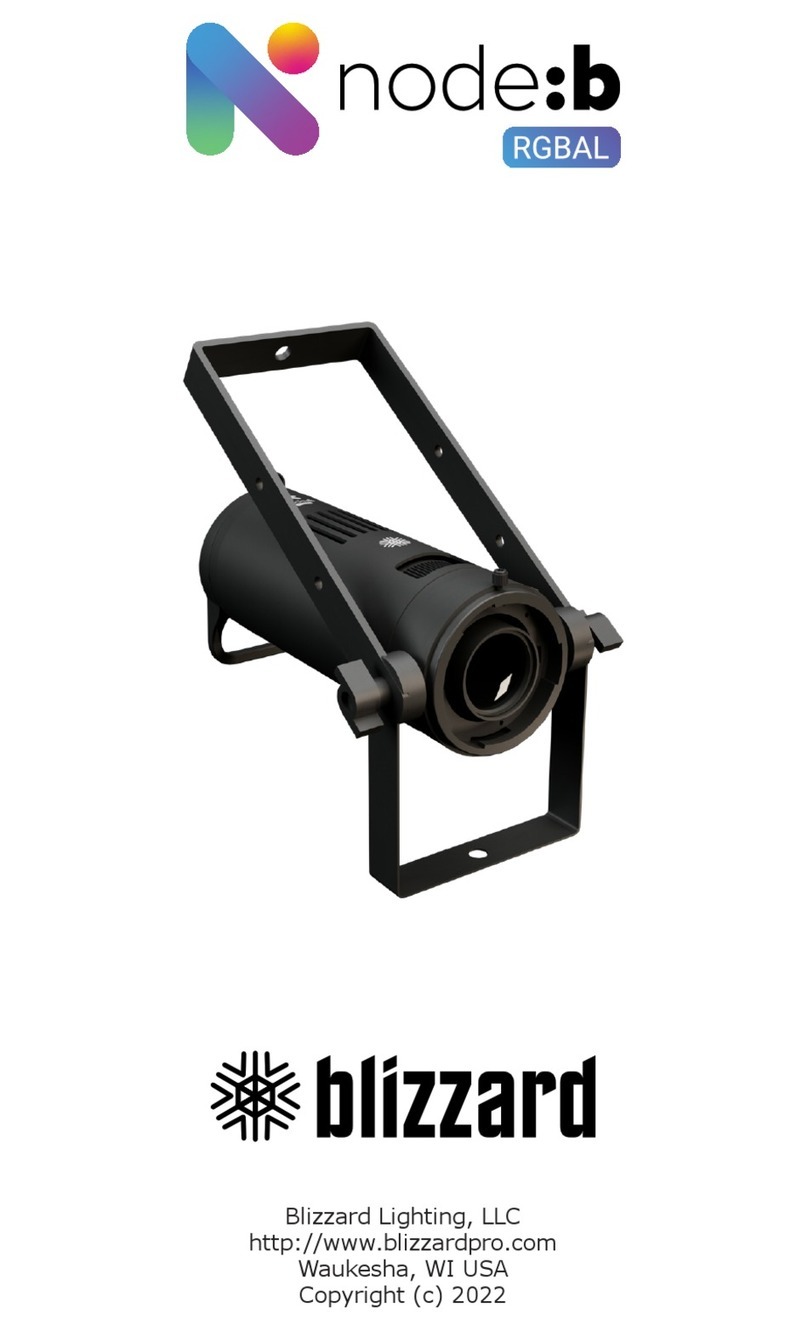
Blizzard Lighting
Blizzard Lighting Node:b RGBAL User manual
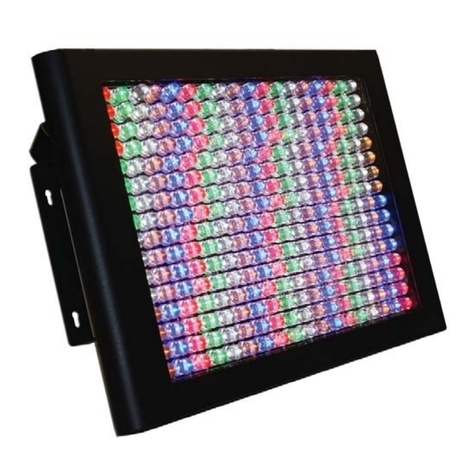
Blizzard Lighting
Blizzard Lighting ROCKER PANEL RGBAW User manual
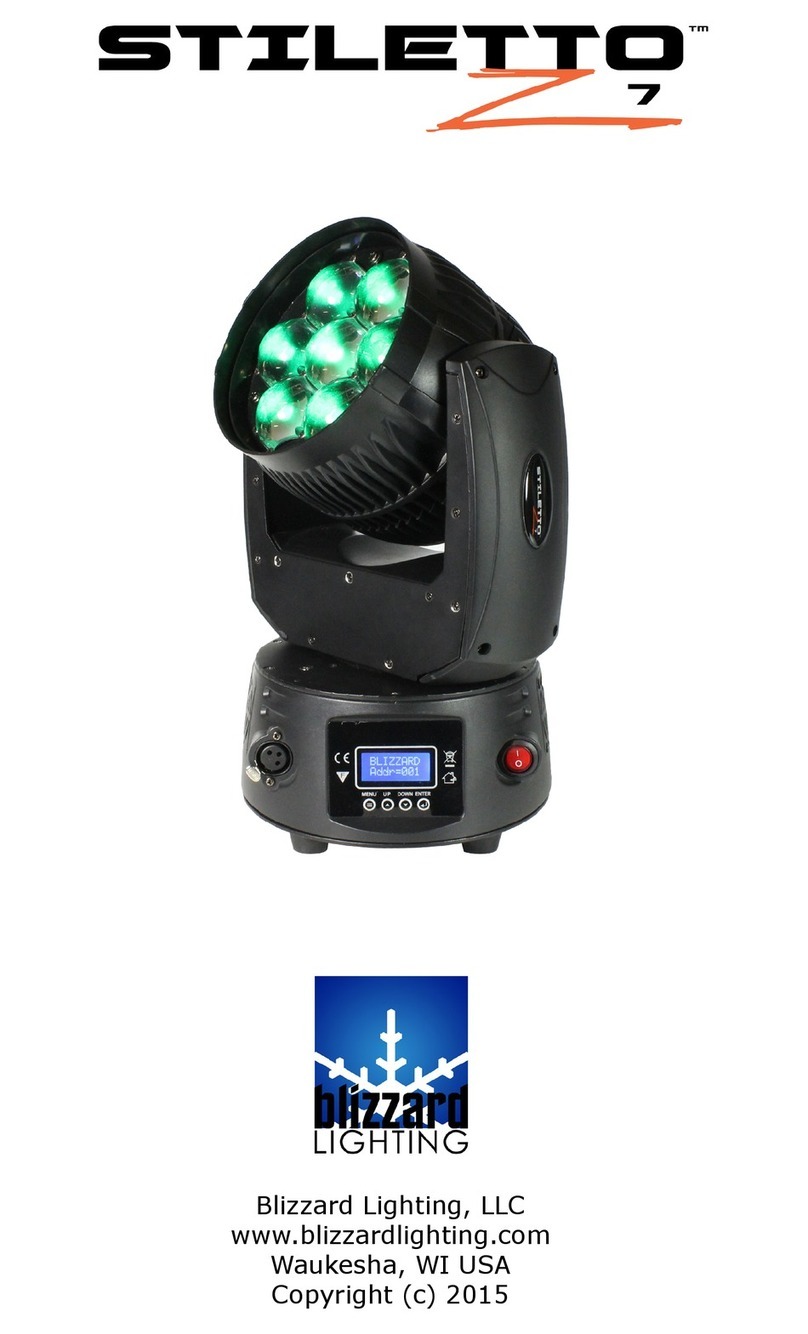
Blizzard Lighting
Blizzard Lighting Stiletto Z7 User manual
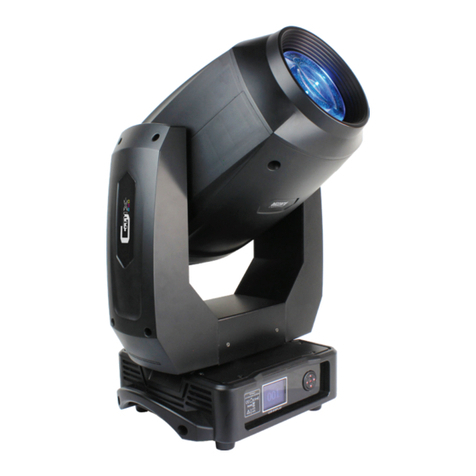
Blizzard Lighting
Blizzard Lighting G-Mix 200 User manual
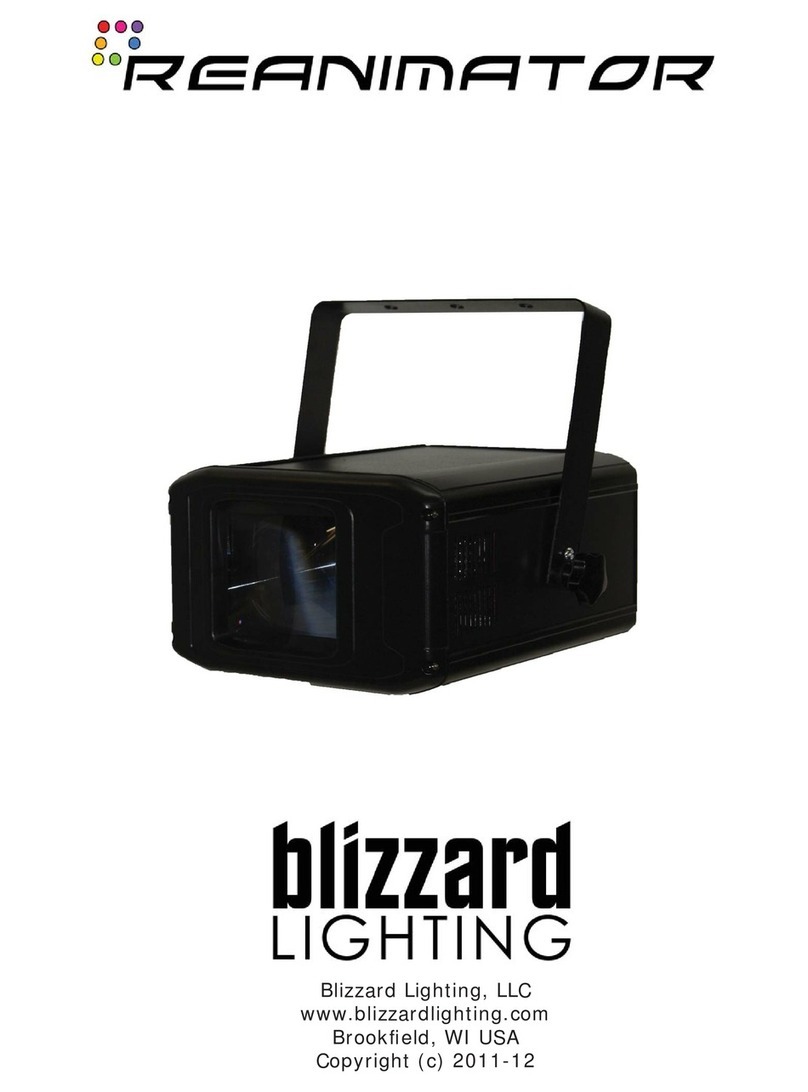
Blizzard Lighting
Blizzard Lighting REANIMATOR User manual
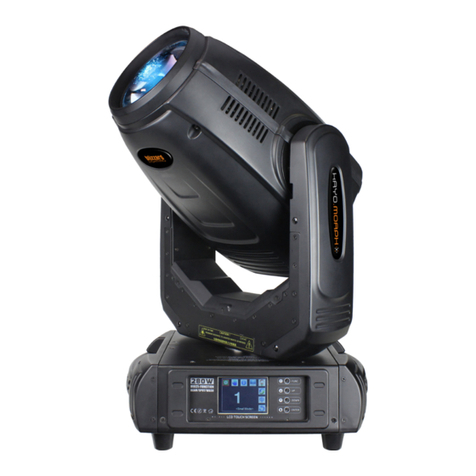
Blizzard Lighting
Blizzard Lighting KAYO.MORPH User manual
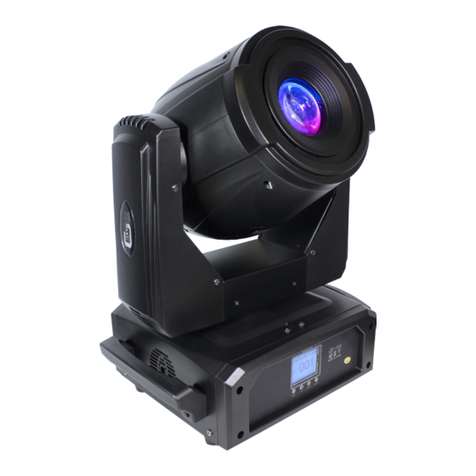
Blizzard Lighting
Blizzard Lighting G-Max 150 User manual

Blizzard Lighting
Blizzard Lighting MAX L User manual
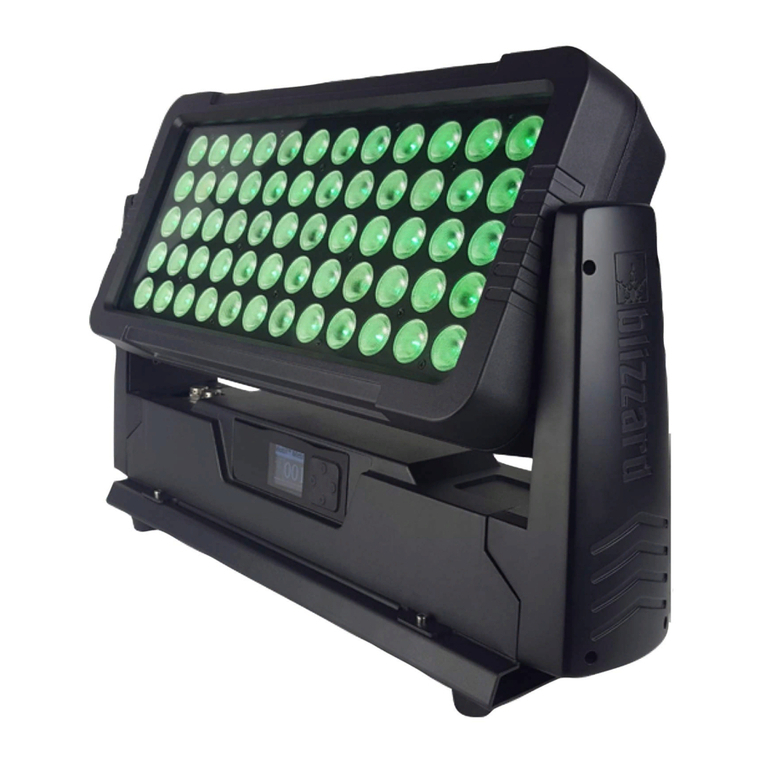
Blizzard Lighting
Blizzard Lighting Motif Metro User manual

Blizzard Lighting
Blizzard Lighting ToughPAR Satellight User manual
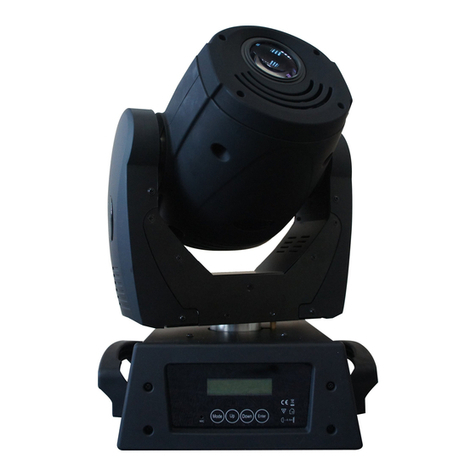
Blizzard Lighting
Blizzard Lighting Torrent F3 User manual

Blizzard Lighting
Blizzard Lighting Torrent Xray User manual
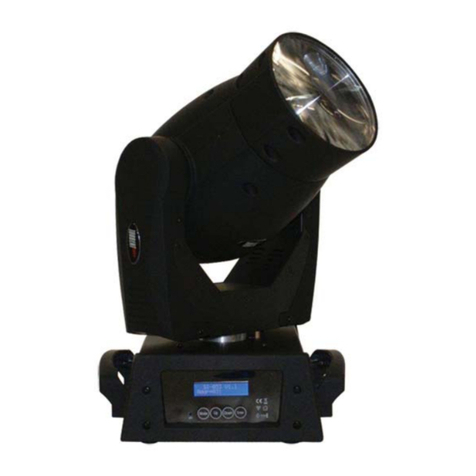
Blizzard Lighting
Blizzard Lighting Torrent 90 Beam User manual
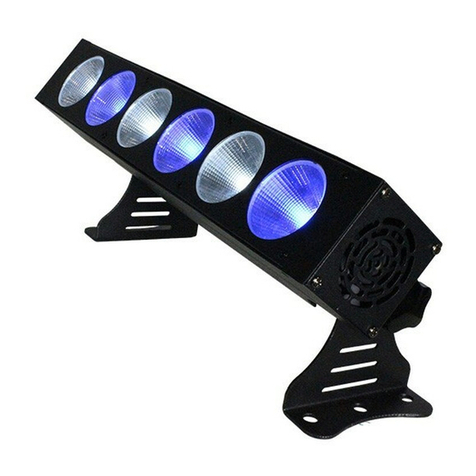
Blizzard Lighting
Blizzard Lighting HotStik 5 COB Mini User manual
